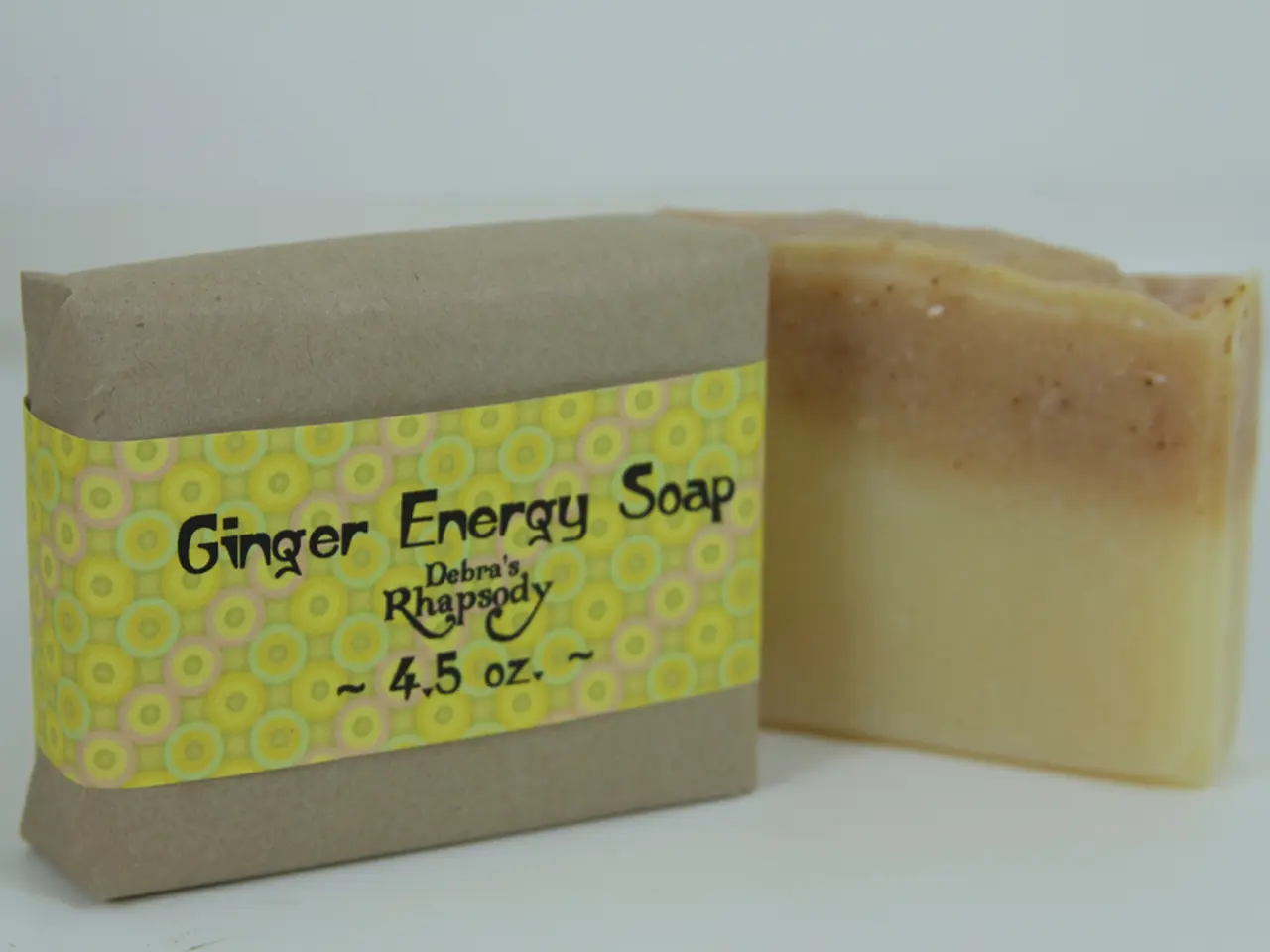Utilizing Insecticidal Soap to Eliminate Annoying Pests - Discover Three Reliable Methods for DIY Spray Creation
In the world of horticulture, keeping pests at bay is a constant concern for gardeners. One popular solution is insecticidal soap, a natural and environmentally-friendly pesticide. However, not all plants react the same way to this treatment.
Some plants, such as succulents with their thick waxy layers, are more resistant to insecticidal soap than others. Yet, there are several species that are sensitive to this soap and may develop symptoms of toxicity after application.
Plants like Portulaca, Cucumber, Crown of Thorn, Plums, Cherries, Jade, Impatiens, Gardenia, Lantana, Nasturtium, River birch, Schefflera, Easter lily, Maidenhair fern, Red bud, Dieffenbachia, Poinsettia, Palms, Azalea, Begonia, Geranium, Fuchsia, horse chestnuts, sweet peas, bleeding hearts, mountain ashes, and Japanese maples are particularly vulnerable.
Young plants, such as seedlings, new transplants, plants with fresh growth, and unrooted cuttings, are generally more susceptible to soap toxicity. It's crucial to note that sensitivity may vary depending on the soap formula and plant condition, so it's always advisable to test on a few leaves before large-scale application.
Harsh soaps like laundry detergents or body soaps should be avoided, as they can cause more damage than insecticidal soaps made from mild dish soap or Castile soap. In an organic garden, it's important to use products that are not only effective but also organic and kind to the plants.
When using insecticidal soap, it's essential to spray healthy plants that are not under stress and to avoid temperatures above 90 degrees Fahrenheit (32 C). Insecticidal soap works best to control soft-bodied pests such as aphids, whiteflies, spider mites, mealybugs, and scale.
For those who prefer homemade solutions, a simple recipe is 1 tablespoon of pure liquid soap, 1 quart of warm water, 1 teaspoon of ground red pepper or garlic, and 1 teaspoon of apple cider vinegar. For a larger volume, mix 2.5 tablespoons of vegetable oil, 2.5 tablespoons of pure liquid soap (like Castile soap), and 1 gallon of warm water. Dilute this mixture with water before application: 1 teaspoon of soap mixture per 1 cup of water.
Store-bought horticultural soaps have specific application instructions, so it's crucial to follow them carefully. Symptoms of toxicity in sensitive plants include yellow or brown spots on leaves, brown leaf tips, and sunscald. The soap residue breaks down quickly and can be used even on the day of harvest if needed to get rid of pests in the vegetable garden.
Insecticidal soap kills pests via direct contact and has no systemic action, making it ineffective against chewing insects, flying pests, hard-bodied insects, or eggs. It's a valuable tool in the gardener's arsenal, but it's essential to understand its limitations and the plants it may harm.
[1] Source: University of California Agriculture and Natural Resources, Integrated Pest Management Program.
- In addition to horticulture, one may find interest in various other lifestyle categories, such as health-and-wellness, fitness-and-exercise, and nutrition.
- In the realm of environmental-science, climate-change is a significant concern, and understanding its impact on skin-care and food-and-drink production is crucial.
- For those pursuing a healthy lifestyle, recipes that involve home-and-garden grown ingredients are popular in the food-and-drink and skin-care industries.
- Cooking with organic and eco-friendly ingredients not only promotes a sustainable lifestyle but also contributes to weight-management and overall wellness.
- Fashion-and-beauty industry is moving towards more sustainable practices, using natural, chemical-free, and biodegradable materials for skin-care products, clothing, and accessories.
- The practice of using insecticidal soap extends to the arena of weight-management and fitness, as it can help manage pests in home composts that accelerate the decomposition process.
- In the broader context of lifestyle, it's essential to consider the environmental impact of decisions, such as selecting products that are cruelty-free, locally-sourced, and energy-efficient, in areas like home-and-garden, fashion-and-beauty, and food-and-drink.




